Hi there!
Earlier today, I went live on Facebook to take a peek inside the littlest piano method book in my collection. 🙂 It’s called “Little Players: A Piano Book For Very Young Beginners,” by Robert Nolan Kerr. The copyright year is 1941.
I found this book among a boxful of other old sheet music I received from a retiring piano teacher. It’s an interesting piece of history. Join me in taking a closer look at this book!
Here is the Facebook Live video.
https://www.facebook.com/ColorInMyPianoblog/videos/1583446878341958/?hc_ref=NEWSFEED
Here is what’s covered in the video:
- 0:37 Check out the size of this little book compared to a typical-sized method book.
- 1:47 Take a guess: which reading approach is used by this method book?
- 3:06 Find out what “very young beginner” age the author intended this book to be for. Today, I think publications generally use “very young beginners” to mean age 4-6.
- 3:27 Find out which touch (non-legato, legato, or staccato) the author expects the student will use throughout the book.
- 4:30 Check out the 1940s era illustrations.
- 5:42 It’s nice to see pieces in both duple and triple meter early on.
- 6:11 This book contains a few interesting activities requiring students to experience meter through listening and moving to music the teacher plays.
- 8:15 This is a method where the student is learning to play pieces through a combination of note and rote learning. Singing also seems to be encouraged.
- 11:42 An early page in this book indicates that it was for group or individual instruction. Can you picture a classroom full of school children, each with their own copy of this little book?! 🙂
Thanks for exploring this old method book with me!
Questions for you: Have you ever before seen such an adorable mini-sized piano method book?! Do you teach your beginners to play with legato touch first, or do you do something else first? What other interesting observations do you have after taking a virtual peek with me inside this interesting piece of pedagogical history?
Thanks for watching!
P.S.: Why am I looking through old piano method books? It’s because I’m in the midst of preparations for Retreat at Piano Manor which I will be hosting later this summer, August 17-19, 2017! During the retreat, we will be looking through piano method books from across the decades, uncovering pedagogical wisdom relevant for us today. Be sure to watch the facebook page and here on the blog for future videos about piano methods.


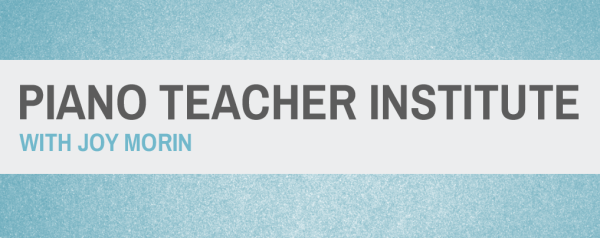
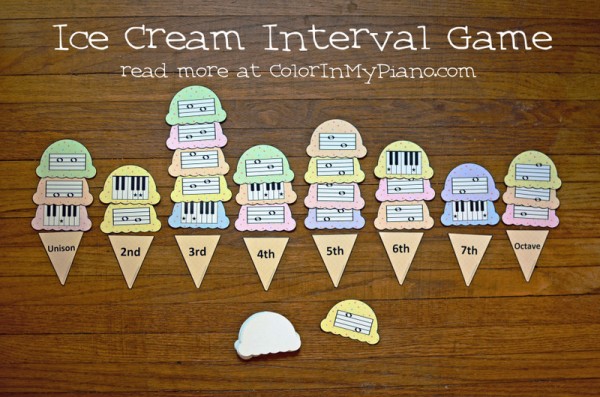
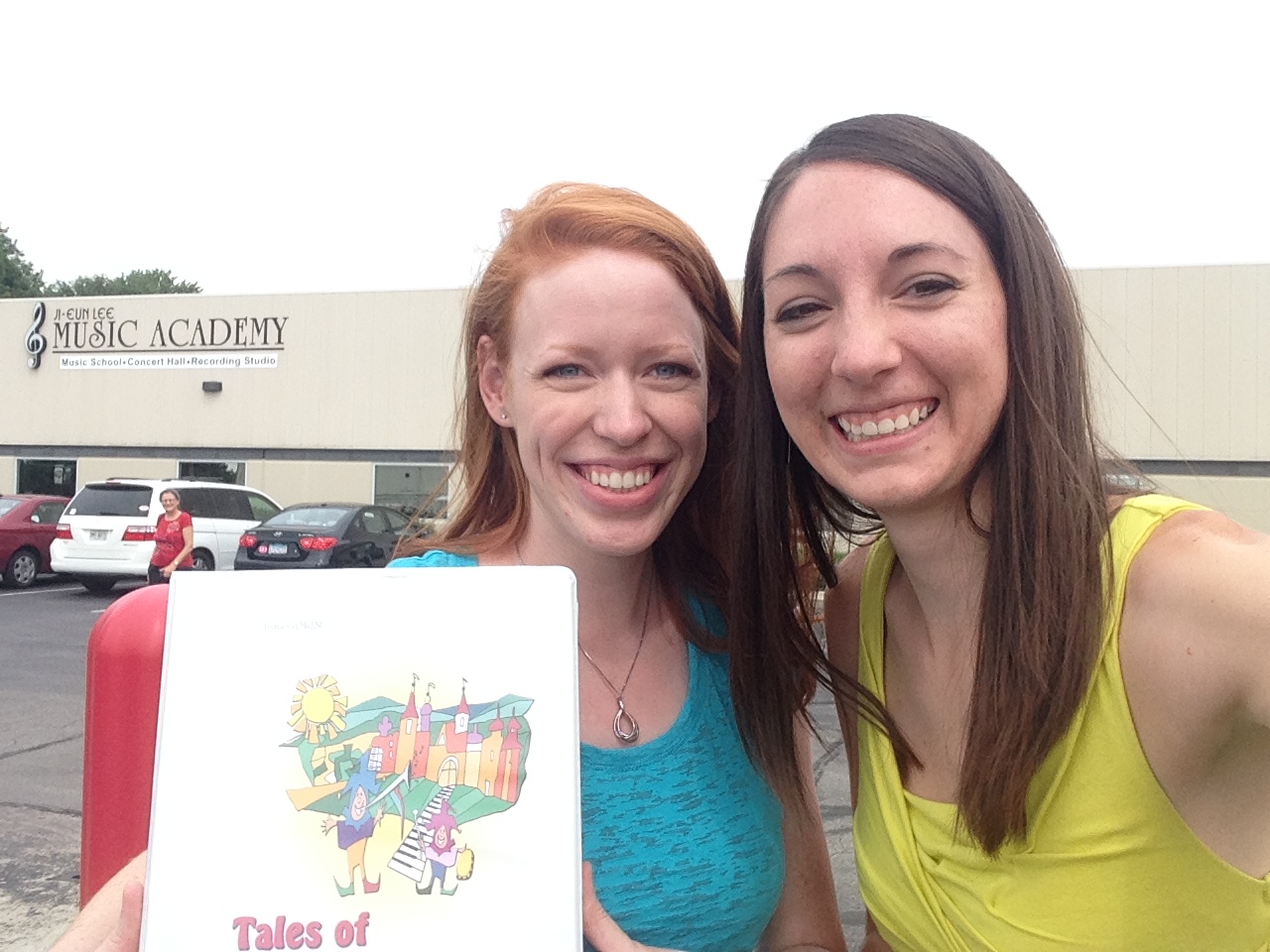
 Last week, I attended a three-day workshop given by Irina Gorin in Fishers, Indiana (outside of Indianapolis) for her self-published piano method,
Last week, I attended a three-day workshop given by Irina Gorin in Fishers, Indiana (outside of Indianapolis) for her self-published piano method, 
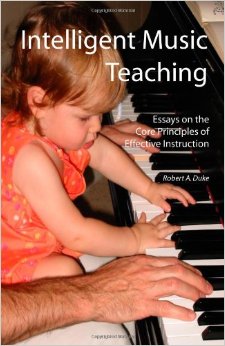


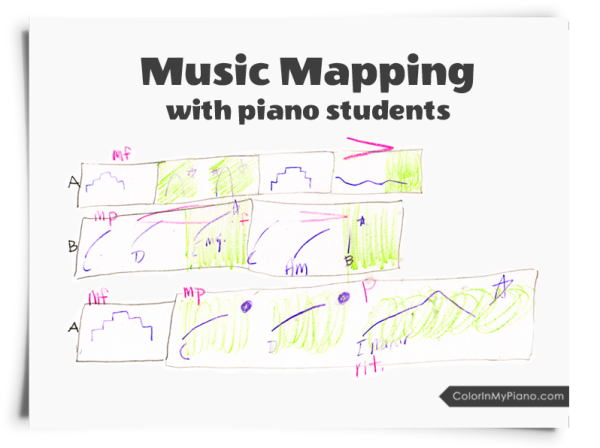
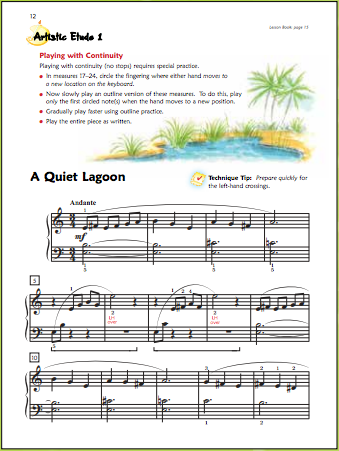 After completing the music map, I asked my student to play the piece by memory again. It was not a perfect performance, but it was definitely better because his memory of the piece’s structure was stronger and more clear.
After completing the music map, I asked my student to play the piece by memory again. It was not a perfect performance, but it was definitely better because his memory of the piece’s structure was stronger and more clear.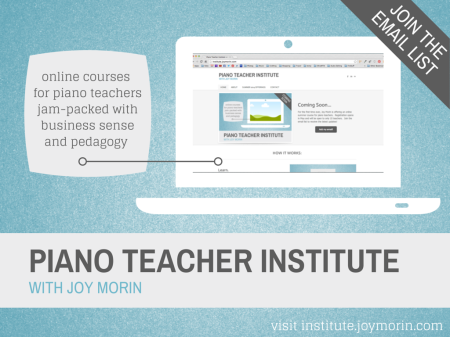

 I currently use
I currently use 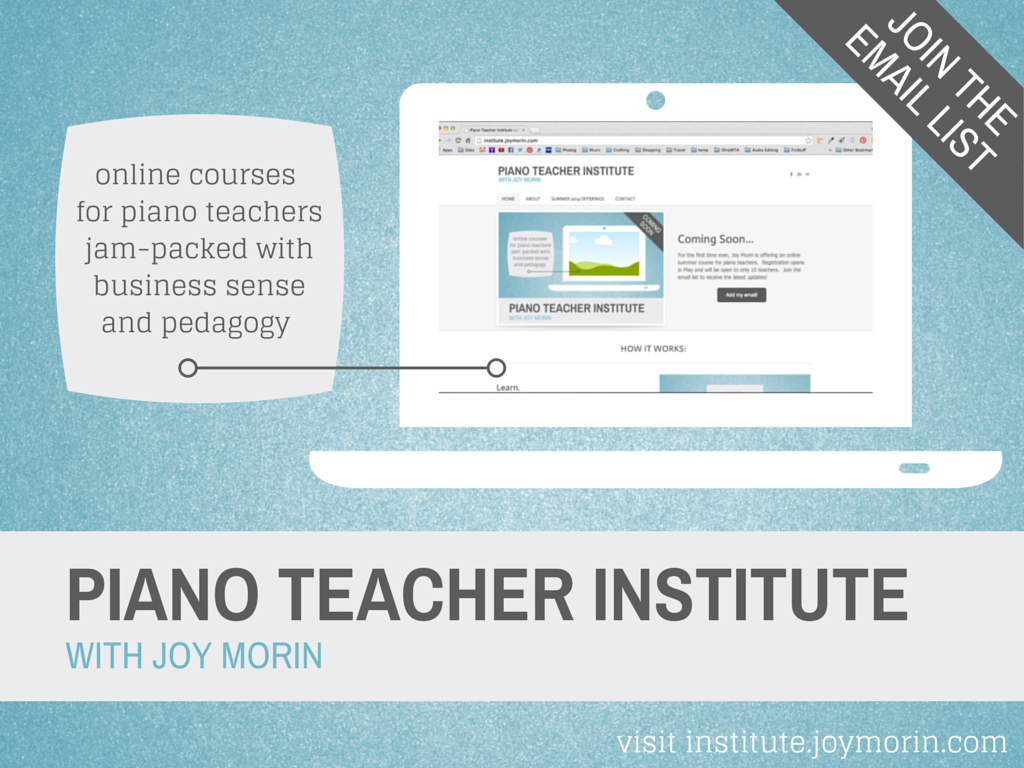



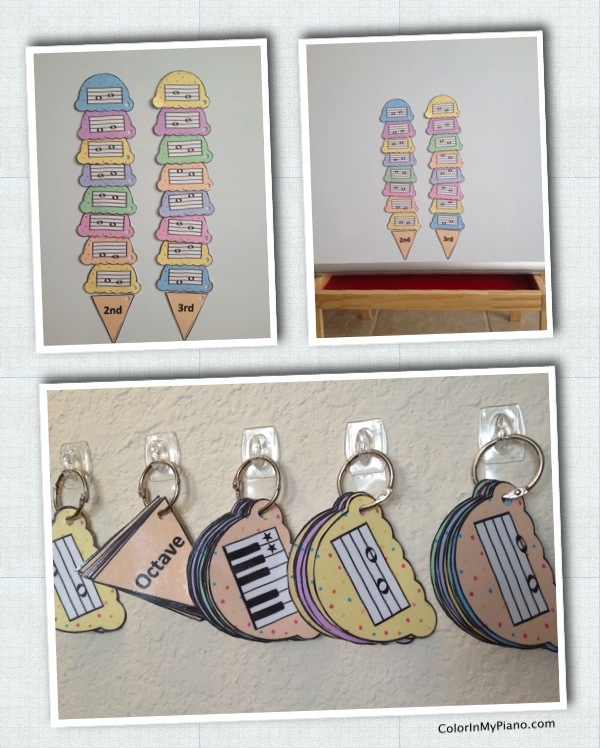
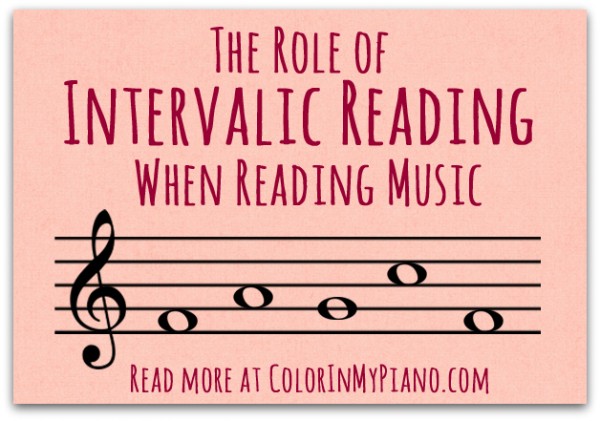
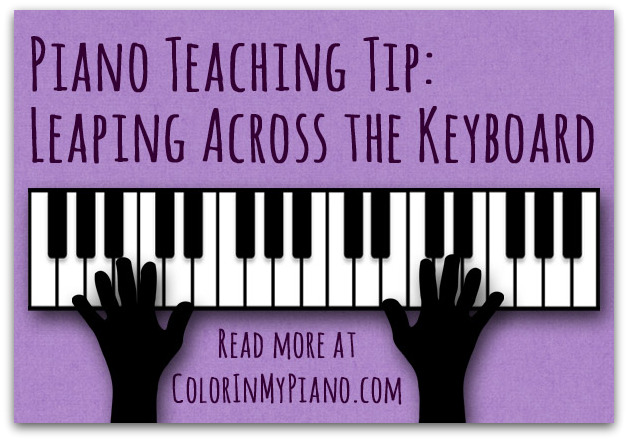
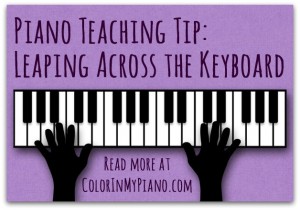 Even from the beginning, the pieces in most modern piano method books require the student to move around the keyboard quite a bit. Older piano methods (at least, the ones that utilize the Middle C reading approach) require the student to stay around the middle of the piano during the entire first level, or even further in some cases. I’m glad modern methods require the student to move around the keyboard, because this because it helps student become familiar and comfortable with the whole keyboard from day one instead of inadvertently teaching the student that anything away from the middle of the piano is “hard.”
Even from the beginning, the pieces in most modern piano method books require the student to move around the keyboard quite a bit. Older piano methods (at least, the ones that utilize the Middle C reading approach) require the student to stay around the middle of the piano during the entire first level, or even further in some cases. I’m glad modern methods require the student to move around the keyboard, because this because it helps student become familiar and comfortable with the whole keyboard from day one instead of inadvertently teaching the student that anything away from the middle of the piano is “hard.”